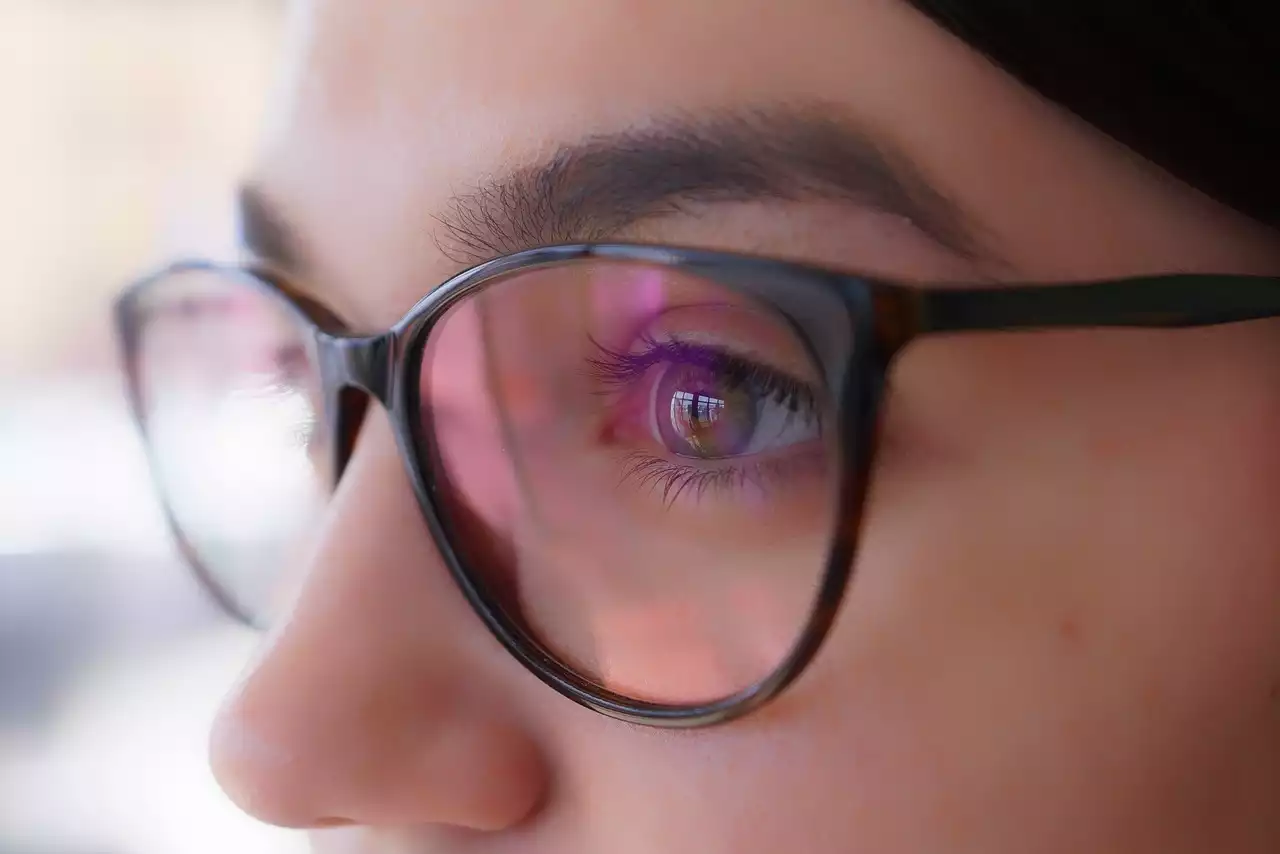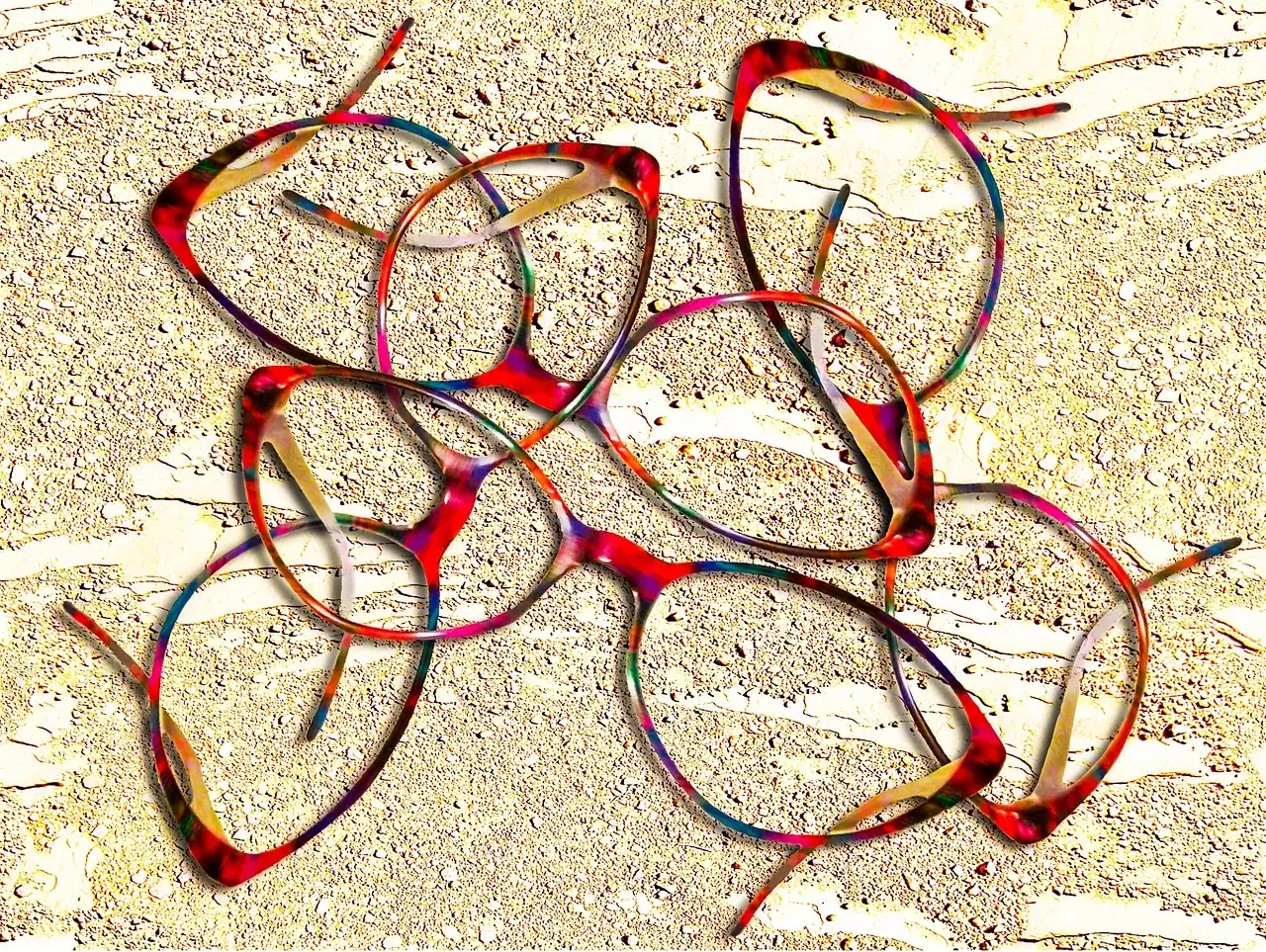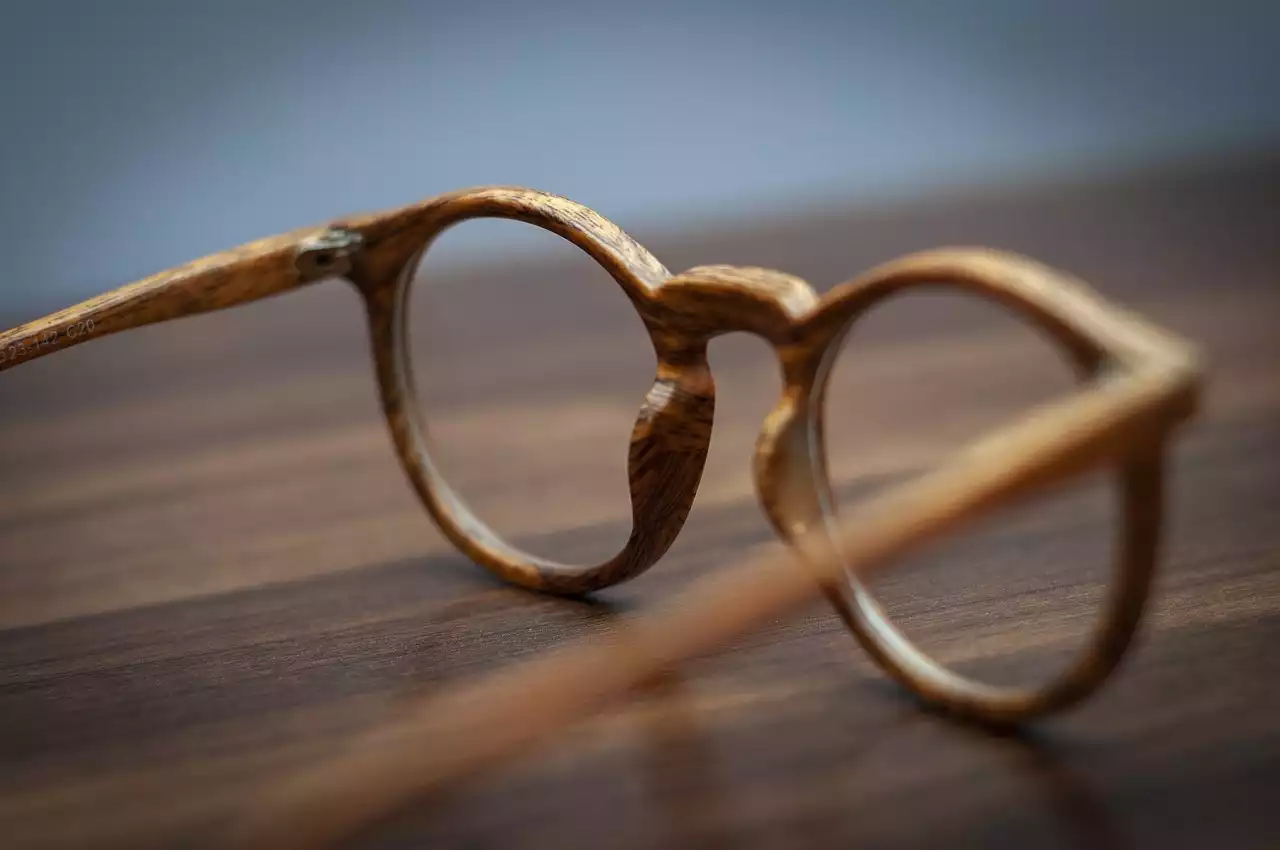Why selecting the right prescription glasses is important
Prescription glasses are an essential accessory for many people. They not only help to correct vision problems but also serve as a fashion statement. However, selecting the right pair of glasses is important for more than just aesthetics. Wearing the wrong glasses can lead to headaches, eye strain, and even worsen existing eye conditions.
According to the American Optometric Association, wearing the wrong prescription can lead to eye strain, headaches, and even double vision. It's important to select glasses that are comfortable and provide the necessary correction for your specific vision needs.
Understanding your prescription
Before you start shopping for glasses, it's important to understand your prescription. Your prescription will tell you the level of correction you need for your vision. It will also indicate whether you have any special needs, such as bifocals or progressive lenses.
Prescriptions are typically written in a specific format. The first number indicates the sphere, or the amount of nearsightedness or farsightedness you have. The second number is the cylinder, which indicates the amount of astigmatism. The final number is the axis, which indicates the orientation of the astigmatism.
It's important to have an up-to-date prescription before purchasing glasses. Your eyes can change over time, and an outdated prescription can lead to headaches and eye strain.
Factors to consider when selecting glasses
When selecting glasses, there are several factors to consider. Face shape, lifestyle, and personality all play a role in selecting the right pair of glasses.
Face shape
The shape of your face is an important factor to consider when selecting glasses. Different frames will complement different face shapes. Here are some general guidelines for selecting glasses based on face shape:
- Round face: angular frames, square or rectangular frames
- Square face: round or oval frames, cat-eye frames
- Oval face: most frame shapes will work, but avoid frames that are too big or too small
- Heart-shaped face: bottom-heavy frames, rimless frames
Lifestyle
Your lifestyle is another important factor to consider when selecting glasses. If you spend a lot of time in front of a computer screen, you may want to consider glasses with blue light blocking lenses. If you're an avid runner or cyclist, you may want glasses with non-slip nose pads and temples. If you need glasses for driving at night, you may want glasses with an anti-reflective coating.
Personality
Your personality is also an important factor to consider when selecting glasses. Glasses are a fashion statement and should reflect your personal style. Do you prefer bold, statement frames or more classic styles? Do you want glasses that blend in or stand out?
Different types of frames
Frames come in a variety of materials, each with its own pros and cons. Here are some of the most common frame materials:
Metal frames
Metal frames are durable and lightweight. They come in a variety of finishes, including stainless steel, titanium, and gold. However, metal frames can be more expensive than other materials, and some people may be allergic to certain metals.
Plastic frames
Plastic frames are less expensive than metal frames and come in a variety of colors and styles. They are also more durable than metal frames and can be a good choice for children. However, plastic frames can be heavier than metal frames and may not be as adjustable.
Rimless frames
Rimless frames are lightweight and minimalist. They are a good choice for people who want a more subtle look. However, rimless frames may not be as durable as other frame types and may require more frequent adjustments.
Semi-rimless frames
Semi-rimless frames are a combination of metal or plastic frames with a rimless bottom. They are a good choice for people who want the durability of a full frame with the subtlety of a rimless frame. However, semi-rimless frames may be more expensive than other frame types.
Lens options
There are several lens options to consider when selecting glasses. Here are some of the most common lens options:
Coatings
Lens coatings can help to protect your glasses and improve your vision. Some common coatings include:
- Anti-reflective coating: reduces glare and improves vision in low light conditions
- Scratch-resistant coating: helps to protect your lenses from scratches
- UV protection: helps to protect your eyes from harmful UV rays
Materials
Lens materials can also affect the performance and durability of your glasses. Here are some common lens materials:
- Polycarbonate: lightweight and impact-resistant, a good choice for children and active adults
- Trivex: similar to polycarbonate, but with better clarity and a higher price point
- High-index plastic: thinner and lighter than other materials, but more expensive
Thickness
The thickness of your lenses can also affect the appearance and comfort of your glasses. Thicker lenses may be heavier and less comfortable to wear, while thinner lenses can be more expensive.
Choosing the right color and style
Choosing the right color and style for your glasses is an important part of the selection process. Here are some tips for selecting the right color and style:
- Consider your skin tone: glasses should complement your skin tone, not clash with it
- Consider your wardrobe: glasses should complement your personal style and wardrobe
- Don't be afraid to try something new: glasses can be a fun accessory and a chance to try out a new style
Tips for trying on glasses
Trying on glasses is an important part of the selection process. Here are some tips for trying on glasses:
- Bring a friend: a second opinion can be helpful
- Take your time: don't rush the selection process
- Try on several pairs: don't be afraid to try on different styles and colors
- Look in the mirror: make sure you like how the glasses look on your face
Care and maintenance of glasses
Taking care of your glasses is important for their longevity and performance. Here are some tips for caring for your glasses:
- Clean your glasses regularly: use a microfiber cloth and lens cleaner to clean your glasses
- Handle your glasses with care: avoid bending or twisting your glasses
- Store your glasses properly: keep your glasses in a case when not in use
- Have your glasses adjusted when needed: regular adjustments can help to ensure a comfortable fit
Where to buy glasses
Finally, when it comes to buying glasses, you have several options. Here are some pros and cons of buying glasses online vs. in-store:
Online
Pros:
- Convenience: you can shop from home
- Lower prices: online retailers may have lower prices than brick-and-mortar stores
- More options: online retailers may have a wider selection of frames and lenses
Cons:
- Unable to try on glasses: you can't try on glasses before purchasing
- Shipping and handling times: it may take longer to receive your glasses
- Limited customer service: online retailers may have limited customer service options
In-store
Pros:
- Try on glasses before purchasing: you can try on glasses and get a better sense of how they look and feel - Immediate assistance: you can get immediate assistance from a salesperson - Personalized service: you can receive personalized recommendations from a salesperson
Cons:
- Higher prices: brick-and-mortar stores may have higher prices than online retailers
- Limited selection: brick-and-mortar stores may have a limited selection of frames and lenses
- Inconvenience: you may have to travel to a store to purchase your glasses
Selecting the right prescription glasses is an important decision. It's important to consider your lifestyle, face shape, and personal style when selecting glasses. Factors such as frame materials, lens coatings, and color and style should also be considered. By taking the time to make an informed decision, you can find the perfect pair of glasses that will not only improve your vision but also complement your lifestyle.










